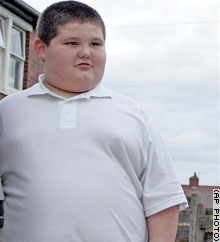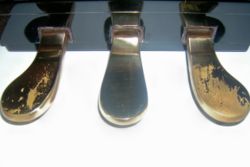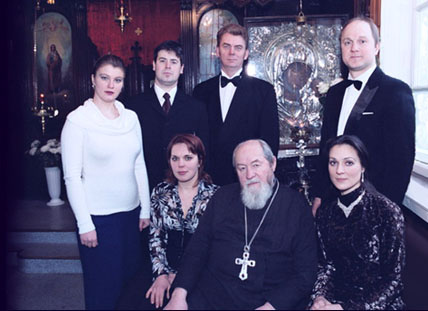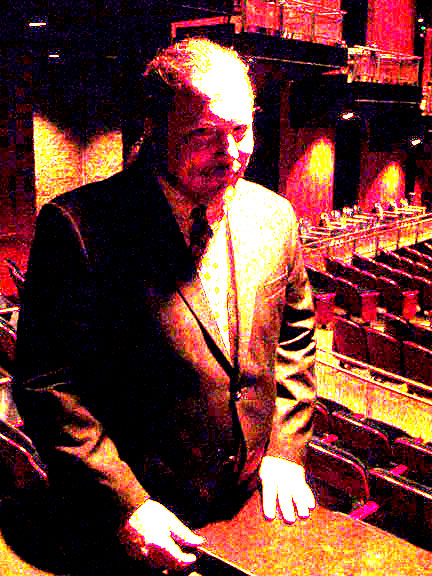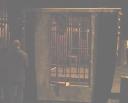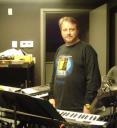“Remember that you are dust and to dust you shall return”
What is Lent and why do people “give things up for Lent”. Is it that they just want to be depressing? Hare are some answers to the tradition of Lent and it’s purpose in the church calendar.
Ash Wednesday is the first day of Lent. The early church determined that the Lenten period of fasting and renewal should correspond to Christ’s fasting (Matt. 4:2), and by counting forty days back from Easter (excluding Sundays, which remain “feast†days), arrived at the Wednesday seven weeks before Easter.
At one time Lent was primarily viewed as a period during which converts prepared for baptism on Easter Sunday, but later the season became a general time of penitence and renewal for all Christians. And Ash Wednesday became the day that marked the beginning of the Lenten renewal.
Ashes have a long history in biblical and church traditions. In Scripture ashes (dust) symbolize frailty or death (Gen. 18:27), sadness or mourning (Esther 4:3), judgment (Lam. 3:16) and repentance (Jon. 3:6). Some traditions also have considered ash a purifying or cleansing agent.
All these images are caught up in the church’s use of ashes as a symbol appropriate for Lent. In Christ’s passion we see God’s judgment on evil; in our penitence we express sorrow and repentance for our sins; in our rededication we show that we are purified and renewed.
The ash used in Ash Wednesday worship services is usually the ashes from the palm leaves of the previous year’s Palm Sunday celebration. Mixed with water or oil, the ash is carried in a small dish; as the minister goes from person to person, he dips his thumb in the ash and makes a cross on each forehead (“impositionâ€). And to each person he says, “Remember that you are dust and to dust you shall return,” or “Repent, and believe the gospel.”
The cleansing motif of ashes is reiterated in the psalm reading that follows: “Wash away all my iniquity and cleanse me from my sin†(Ps. 51:2). And the ultimate outcome for the penitent child of God is reflected in the closing prayer: “…that the rest of our life hereafter may be pure and holy, so that at the last we may come to his eternal joy…†(Book of Common Prayer).

